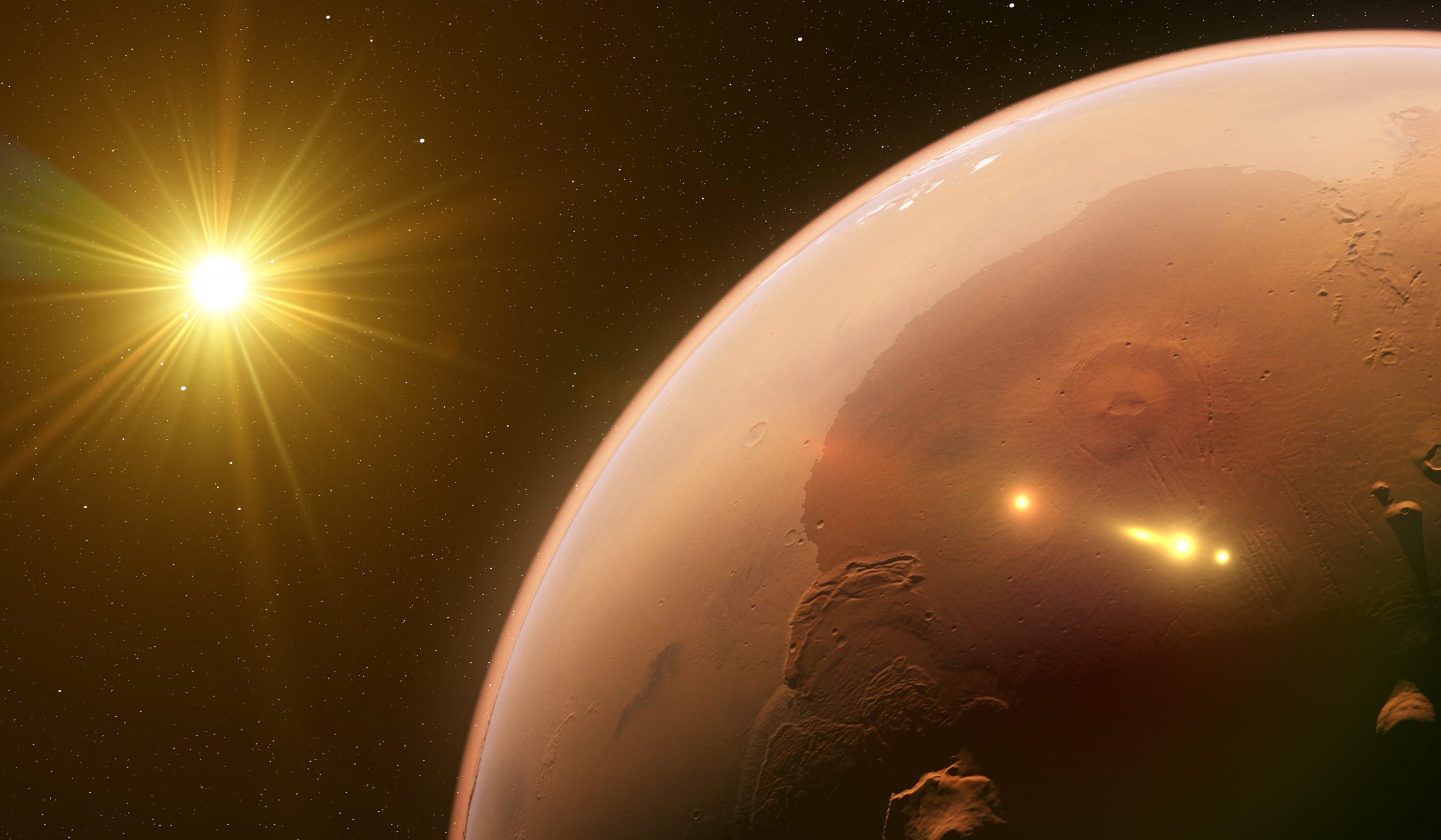NASA researchers have announced that we may never find evidence of past Martian life. This is because the clay minerals that preserved ancient traces of life may have been destroyed. However, the process was not only destroyed, but also created.
Mars today is a very extreme planet – cold, dry and strong radiation reaches its surface. However, this was not always the case; Once upon a time there were huge lake systems in which even microorganisms could settle. The climate of the planet has changed dramatically over time and the lakes have dried up.
The Curiosity Martian landing site, Gale Crater, was also home to a huge lake in the past, and the vehicle is still being explored in this area. They are of primary interest to deep mudstones, as they provide a glimpse into the state of the planet billions of years ago and preserve evidence of possible past life.
But curiosity can easily be looking in vain for traces of life; They may have been wiped out by the highly saline water seeping through the rocks. The analysis was performed by Mars using an instrument called CheMin, and the results were published by NASA experts in the journal Science.
Previously, we thought that clay minerals formed at the bottom of Gale Crater Lake, and if left unchanged, we show the environmental conditions that prevailed on Mars billions of years ago, at the time of its formation. However, the salt water is breaking up these rocks in some places – and rewriting the soil’s previous history.” – writes in outgoing contact Tom Bristow, one of the researchers responsible for running CheMin, is the study’s lead author.

The secret of the lost mud
The search tool used the CheMin tool to examine the rocks at two locations that were a quarter of a mile apart.
Much to his surprise, experts in one area noticed a lack of clay minerals, rather than sedimentary rocks rich in iron oxide – these substances give Mars its characteristic reddish color.
The researchers were pretty sure that the sample obtained from the two sites was contemporary and began its “walk” as a mud-rich boulder in the same way.
Question, what would remove muddy rocks from one area containing potential traces of life?

The increasingly salty lake water may have wiped out the relics
Previous studies have already described that groundwater seeped into the deeper layers not only during the life of Gale Crater, but even after it dried up. In this process, chemicals are dissolved from the rocks and transported to distant sites. Upon contact with water transporting various compounds, changes also occurred in the sediments, turning into rocks. This is called sweating.
Formation can change the history of the soil or completely rewrite it; It can destroy evidence of past life, but in the meantime create a favorable environment for the emergence of new life forms.

Comparing samples from the two sites, NASA researchers found that with climate change, the lake system in Gale Crater has become more salty, and the salty liquid can sweep into deeper layers to erase evidence of ancient life, but also include new life forms.
With this discovery, researchers can infer where Martian life is worth looking for.












































